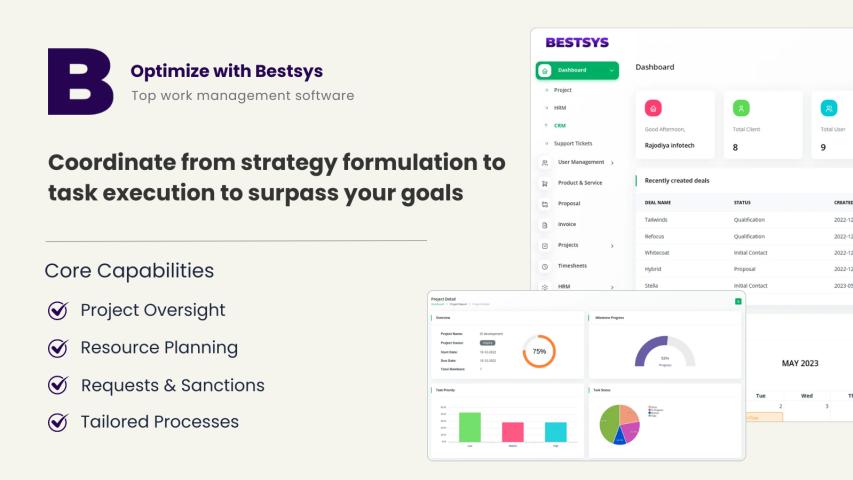Growth hacking, a term coined by Sean Ellis in 2010, has emerged as a crucial methodology for startups aiming to scale efficiently. Unlike traditional marketing strategies, growth hacking focuses on innovative, low-cost alternatives to drive customer acquisition, engagement, and retention. This approach is particularly valuable for startups operating with limited resources, as it emphasizes creativity, analytics, and agility.
Understanding the Growth Hacking Mindset
At its core, growth hacking is about mindset. It requires a relentless focus on growth and a willingness to experiment and iterate quickly. Growth hackers are data-driven marketers who prioritize scalable and repeatable processes. They constantly test hypotheses, measure results, and refine strategies based on what the data reveals. This iterative process helps identify the most effective tactics for achieving growth.
One key aspect of the growth hacking mindset is cross-functional collaboration. Growth hackers often work at the intersection of marketing, product development, and data analysis. This collaborative approach ensures that growth strategies are integrated into every aspect of the business, from product features to user experience.
Leveraging Data to Drive Decisions
Data is the lifeblood of growth hacking. Startups must collect and analyze data to understand user behavior, track key performance indicators (KPIs), and identify growth opportunities. Tools like Google Analytics, Mixpanel, and Amplitude provide valuable insights into user interactions and conversion rates. By analyzing this data, startups can pinpoint bottlenecks in the user journey and optimize their processes accordingly.
For example, by conducting cohort analysis, a startup can determine how different groups of users behave over time. This analysis might reveal that users acquired through a particular channel have higher retention rates, prompting the startup to allocate more resources to that channel. Similarly, A/B testing allows startups to experiment with different variations of a product or marketing campaign to see which performs better.
The Role of Viral Loops and Network Effects
Viral loops and network effects are powerful mechanisms for achieving exponential growth. A viral loop occurs when existing users bring in new users, creating a self-sustaining cycle of growth. This can be achieved through referral programs, incentivizing users to invite others, or by creating shareable content that naturally spreads.
Network effects, on the other hand, occur when the value of a product or service increases as more people use it. For example, social media platforms become more valuable as more users join, because the network of connections and interactions expands. Startups that can harness these effects can achieve significant growth with minimal marketing spend.
Building a Growth Engine
To sustain long-term growth, startups need to build a growth engine—a system that consistently drives user acquisition, engagement, and retention. This involves creating a seamless user experience, delivering value at every touchpoint, and continually optimizing the product and marketing strategies.
One effective approach is the "Pirate Metrics" framework (AARRR), developed by Dave McClure. This framework focuses on five key stages: Acquisition, Activation, Retention, Referral, and Revenue. By optimizing each stage, startups can create a virtuous cycle of growth. For instance, improving user onboarding (Activation) can lead to higher engagement and retention, which in turn can drive more referrals and revenue.
The Human Element of Growth Hacking
While data and technology are critical components of growth hacking, the human element should not be overlooked. Understanding the needs, desires, and pain points of users is essential for creating products and experiences that resonate. Growth hackers must combine empathy with analytical skills to develop strategies that truly meet user needs.
Moreover, fostering a culture of experimentation and learning within the startup is vital. Encouraging team members to propose and test new ideas, and learning from both successes and failures, can drive innovation and continuous improvement.
Growth hacking is a dynamic and multifaceted approach that empowers startups to achieve rapid and sustainable growth. By adopting a growth hacking mindset, leveraging data, harnessing viral loops and network effects, building a robust growth engine, and prioritizing the human element, startups can unlock their full potential. In the fast-paced startup ecosystem, those who master growth hacking will not only survive but thrive, turning ambitious visions into reality.

















